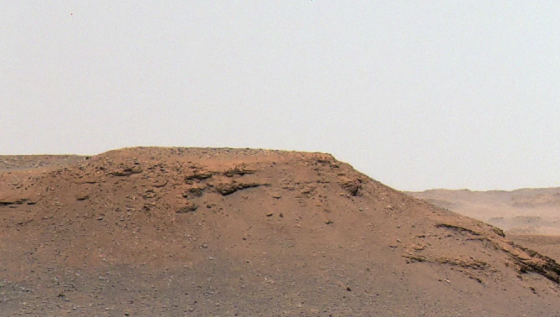In a recently completed EU research project 'PTAL - Planetary Terrestrial Analogues Library', researchers from Oslo/No (UiO/CEED/GEO), Paris/FR and Valladolid/ES have collected samples of 102 rock samples/minerals from the Earth's surface, with the aim of understanding what minerals can be found on the planet Mars. – “We use these samples to build both a digital library and a collection of materials. The point is to have datasets from different instruments to be able to more easily understand what they will find there,” says Stephanie C. Werner, Professor at CEED/GEO at the University of Oslo to the online newspaper (English) for research in Norway; sciencenorway.no.

Read the entire interview with Werner below:
The key to understanding the surface of Mars is stored in Oslo, sciencenorway.no, 30.4.2022
Also in Norwegian:
Nøkkelen til å forstå Mars-overflaten ligger lagret i Oslo, forskning.no, 25.4.2022
Read more about the PTAL-project:
The Planetary Terrestrial Analogues Library / www.ptal.eu
